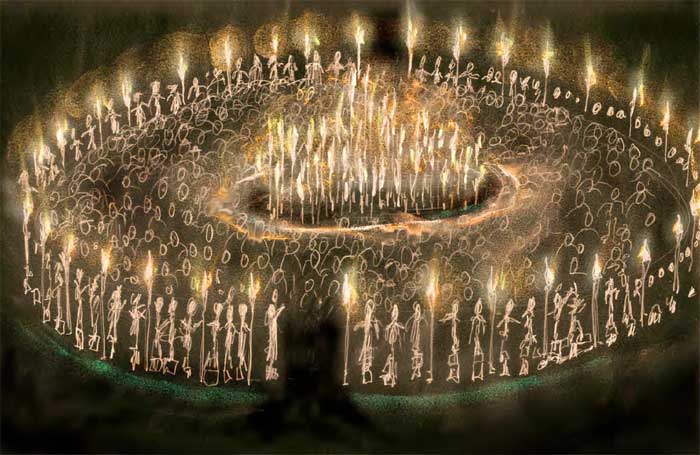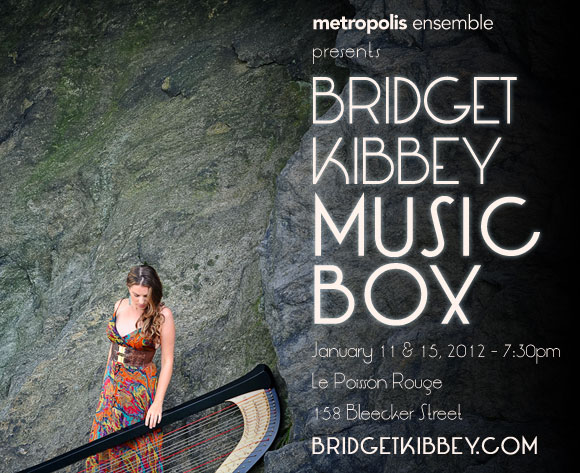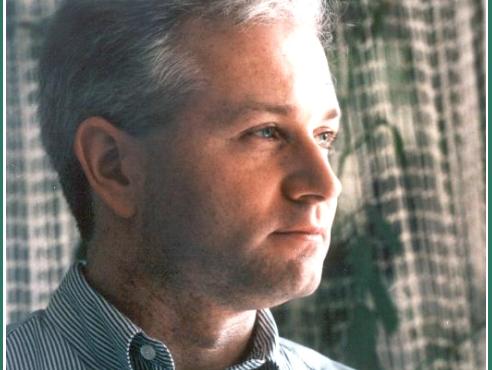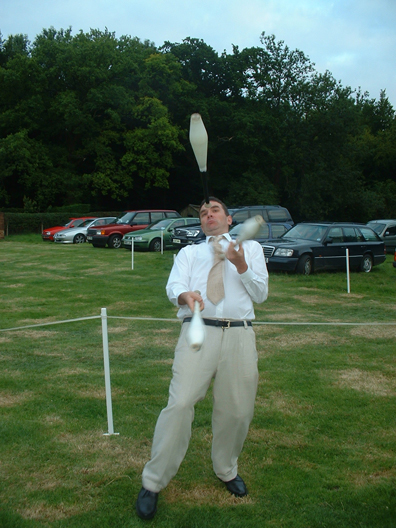Blog
Monthly Archive: 2011
Fire Designs
Posted on Tuesday, December 20, 2011
Check out this fantastic proposed design for my 20x12 Fire piece. The choristers (around 150 of them) form a giant soap-box-raised circle and a forest of wax torches forms the centerpiece. The audience comes in via the two gaps in the circle. Thanks for Mandy Dike and The World Famous, both for this awe-inspiring design and for allowing me to reproduce this here.
I've created what I hope will be quite an intense meditation on fire, with musical phrases repeating and bouncing around the circle. I finished the piece a few days ago and it's now making its way round to the various choirs that will be involved, so they have plenty of time to learn it. Coming to Salisbury, Brighton, Spitalfields and London's South Bank Center in May and June.

Music Box
Posted on Monday, December 19, 2011
In mid-Jan I'll be starting my Harvard residency with the Silk Road Ensemble, but just before that I'll be popping into the New York to catch my dear friend, harpist Bridget Kibbey's mouth-watering concerts at Le Poisson Rouge on Jan 11th and 15th. It's the first of a new Resident Artist series from my other dear friends, the Metropolis Ensemble, and features an amazing range of music from all over the world, including my own Caja de Musica (from whence the concert derives its title), a new piece by Paquito d'Rivera and also, coincidentally a new piece by Syrian clarinettist and composer Kinan Azmeh, who will be joining me to perform in the workshops in Harvard the following week. I'll be at LPR on the 15th, and I hope to see you there!

George and I - memories of George Benjamin's all-day classes at RCM
Posted on Tuesday, November 29, 2011

[cross-posted with CompositionToday]
I will always remember the lessons George Benjamin gave us at the Royal College of Music in the early 90s. In fact, they weren't lessons and they weren't at the Royal College (though they were paid for by them) - they took place roughly once a month at George's home, usually on a Sunday, and were somewhere closer to lecture, informal chat, intellectual debating society. They were the kind of events as a young artist you dreamed of being able to attend - like those given by Benjamin's own teacher Messiaen in Paris. There were great sandwiches at lunchtime (free food was always the way to any student's heart), in fact the only thing that prevented them being truly legendary was the lack of alcohol. If they'd taken place in a smoke-filled back room of a North London pub, I think it would by now be a shrine. But for George - always boyish in both appearance and in the giggling delight he took in his subject - well, I guess smokey pubs just weren't his style.
So on these Sunday mornings somewhere between ten and twenty usually rather gaunt composer-types would file in to George's house. There would generally be a morning session and an afternoon on a separate topic. In the morning he might take half an act of Janacek's Kata Kabanova and pick apart the ingenious ways he stretched and pulled a main theme, less a straight-forward 'thematic development' and more theme-as-elastic-band which maintained its most general shape but could be stretched to snapping point anywhere along its length. Then in the afternoon he might invite somebody amazing from the music world to come and talk. To this day I can't believe I missed the one when the great Indian bansuri flautist Hariprasad Chaurasia came - I knew and loved his playing even then, and can't think what could have been more important.
What made these sessions so riveting was George himself. He was so enthusiastic and full of passion it was impossible not to get caught up in it. I used to bring even non-musician friends along just to feel the extraordinary atmosphere of excited learning. I think they were the first events where I actually felt someone was teaching me things I needed to know as a composer, there was no waffle, this was visceral, direct injections into the nervous system of composing. Indeed I think the main thing I took away from all those sessions was how to learn, which, in a tritely simplistic way you could describe as 'quality not quantity'. I think until that point, as quite a late starter in my knowledge of classical music I had always felt a little daunted by the Julian Andersons of this world, who could expound at length about the fascinating second theme of Glazunov's 3rd Symphony. But here I realised that a day spent by yourself looking - really looking - at a single page of a Beethoven Symphony could yield more priceless information than a lifetime of academic textbooks. And I think it's the self part of that equation that is particularly important. We're all as artists trying to discover that thing which is as sickeningly easy to describe as it is unbearably hard to understand - our 'true voice'. And it's only by looking at things with your own eyes rather than through someone else's that you can start the process of finding it.
And it's strange now to realise that that mantra applies to George's lessons themselves. However much I loved those sessions, looking back from where I am now I can see that my 'true voice' is quite a long way from George's and that deeply inside I even knew that back then. I remember, for example, taking some pieces along to show George. One little piece 'Baka Studies' played around with some African rhythms. It was by far the best thing I had ever done, but although he said nothing negative, I could sense that it was too straight-forward for George, he called it 'cute'. For quite a few years after that I attempted to follow the path I admired rather than my own inner calling. What a paradox. One piece from that time ended with a great little interlocking hocketing groove. It sounded great, and was the moment everyone picked out from the piece - "loved that bit at the end". That was my own voice poking out, but I wasn't ready to accept it at that stage, I dismissed that moment and binned the piece. I wanted to write something that George would have called something better than 'cute'.
What George would think of what I'm doing now, I really don't know. But the important thing is, it doesn't really matter. I have to trust what I do, and what I like, follow my own path. People usually say that, meaning "even if it's so obscure no one will like it", but in my case, the bravery has come from accepting that my own path might be something that speaks much more simply and directly and that I should follow it, even if it leads me far away from people whom I still greatly admire, like George.
Around the world juggler.
Posted on Friday, November 11, 2011

I'm thankful that I seem to contradict the male stereotype of only being able to think about one thing at a time. Along side all the crazy stuff that routinely happens in my 'real' life, in my composing life I've got four pretty major projects all on the boil at the moment. Normally this would be a good time for blind panic, but somehow I feel remarkably on top of the situation.
By far the biggest committment is The Firework Maker's Daughter. This will be a full evening of music. There will definitely be a tour in spring '13, and we are still finalising whether there will be a run in Christmas '12 which hangs on a chain of other groups and committments and possibilities. Either way I plan to finish it in the early autumn of '12 and we'll probably workshop an almost finished version in May just to iron out any last kinks. Earlier in the year I set myself the target of finishing the first half in sketch form by the end of this year, and I seem to be well on the way to doing that, with just one small final scene to go. The project is exciting me more and more, I just love the story and the colours. As I write I have a friend's old saucepan hanging from the ceiling which helps remind me of the junk yard percussion idea I'm aiming to bring to at least parts of the opera. The piece also seems to be developing a fairly massive marimba part. I would love to find a chromatic marimba that has the more 'ethnic' colour of a balaphone or folk xyophone. If anyone knows of anything like that please let me know!
What else? Well there's the piece for the Silk Road Project which emerged in a sudden flurry of activity over a period of just a couple of weeks. It's diverged a bit from the direction it was taking during the period I gave this interview. I was so hoping to try something out using an arabic scale with quarter-tones (I had some great sessions with Syrian clarinettist Kinan Azmeh to this end) but I just couldn't find a way - for now - to make them 'my own'.
But the resulting piece fits with my image of the Silk Road Project, as one giant, soulful jamboree. There are a few ideas that maybe hint at Kyrgyzstan, Turkey, Southern Spain and elsewhere. In a way, I think of it a bit like the wonderful musical documentary Latcho Drom (much of which is available on YouTube) which traces the music of the gypsies from their original starting point in India through the middle east and ending with the flamenco musicians of Andalusia. I've called the piece (which is a series of four dances) Cut the Rug - which is an old phrase you say of someone who dances well.
Speaking of jamborees, what a crazy project I've landed myself with the mighty London Philharmonic Orchestra here in London. I'm to write a piece for Symphony Orchestra (the LPO), tanbur (an Iranian long-necked lute), daff (an Iranian frame drum), more daffs (possibly an ensemble of 15 daffs), 60 amateur violinists from the fantastic London Music Masters Bridge Project, a story-teller (Sally Pomme), and if we can, a spot of audience participation from the 2500+ school kids who will be packed into the Festival Hall for two consequtive days next May (part of their BrightSparks series). The story to be 'told through music' will be an excerpt from the Shahnameh, the Iranian epic poem. I'm excited because the story we've chosen features the Simorgh, whom I know from the great Persian poem The Conference of the Birds - in a nutshell, 30 birds (or 'Si Morgh') travel to find the mystical God-like bird, the Simorgh, only to find a lake and their own reflection. It's something to do with the transcendent within us all - which curiously enough is pretty much the idea behind The Firework Maker's Daughter, even if it presents itself on the surface as something much more humble. So yes..stick all that in your pipe and see what kind of smoke comes out!
Finally, there's the small matter of my piece for the 'Cultural Olympiad'. But that's easy, it only involves a fire artist, 200 choristers, a battery of horns and diverse locations around the UK which all need scouting out - a piece of cake!

